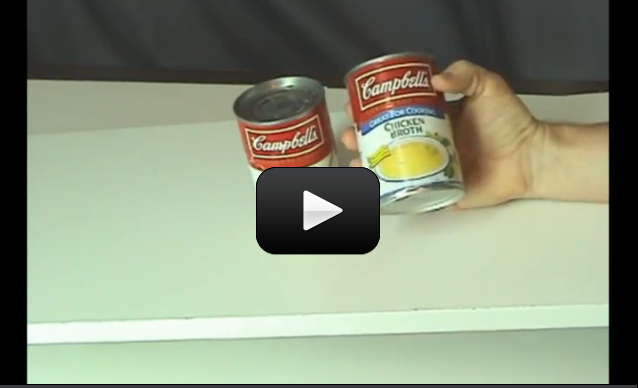Next time you watch a drag race, notice the wheels. Are they solid metal discs, or do they have holes drilled through the rims? I came up with this somewhat silly, but incredibly powerful quick science demonstration to show my 2nd year university students how one set of rims could really make a difference on the racetrack (with all other things being equal).
Please login or register to read the rest of this content.
Please login or register to read the rest of this content.

